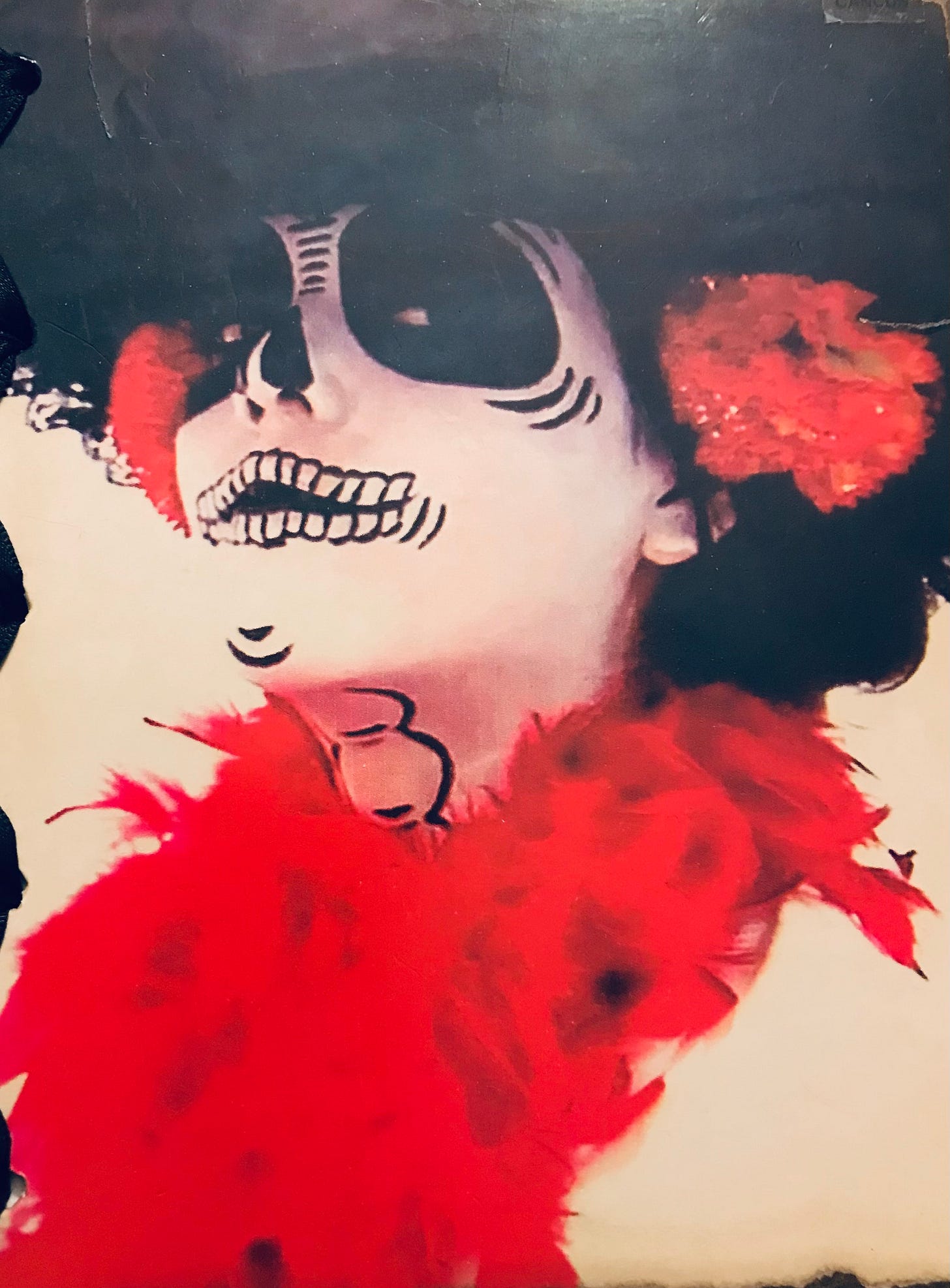I was visiting a friend in Tuxtla Gutierrez, Chiapas, in the part of Mexico known by Americans when it is known at all as the organizational center of the Zapatista uprising that began in the 1990s, when I attended his cousin’s wake and funeral.
The house of the tía of my friend was a simple two story dwelling with a plain-looking gate in front protect…


